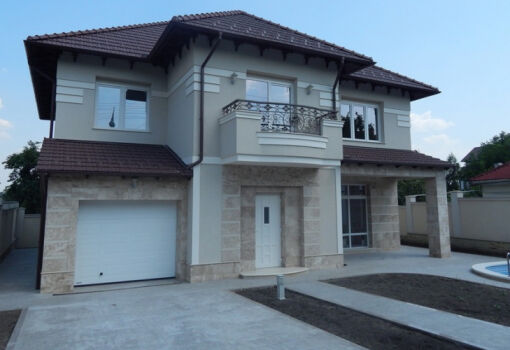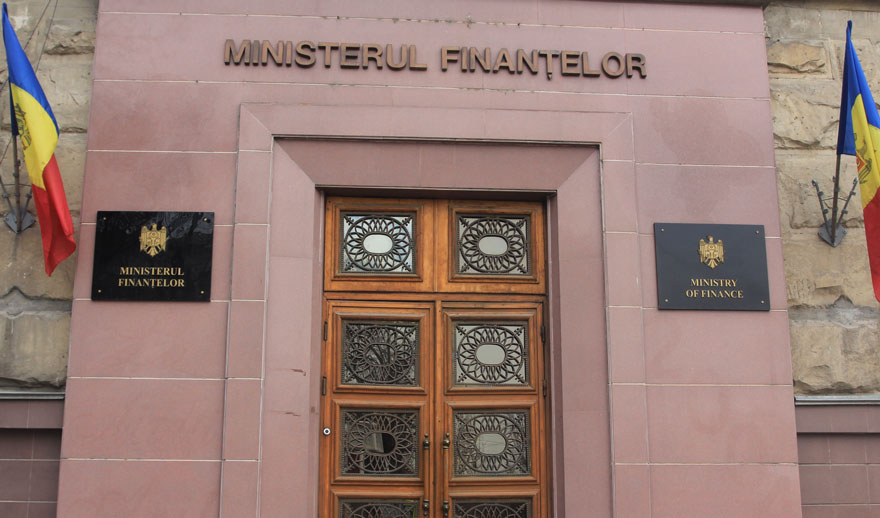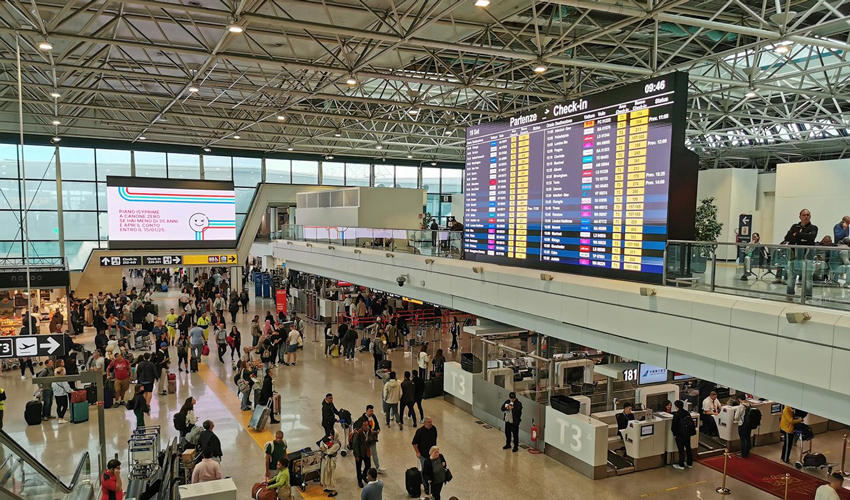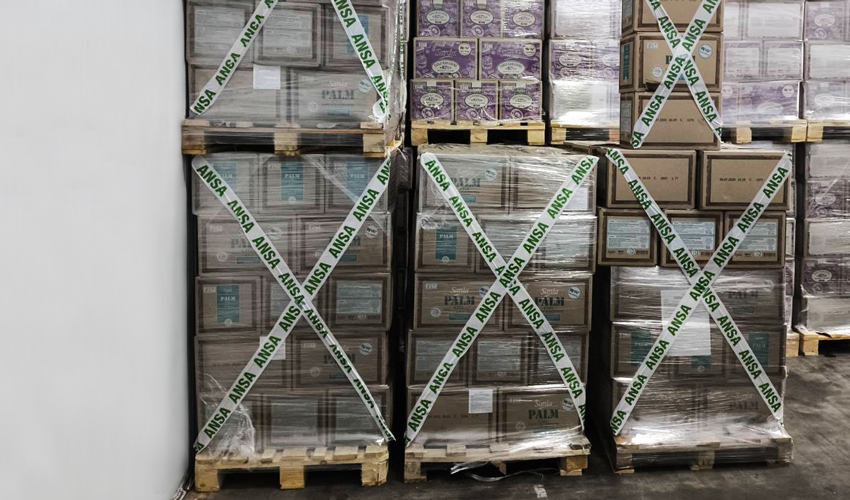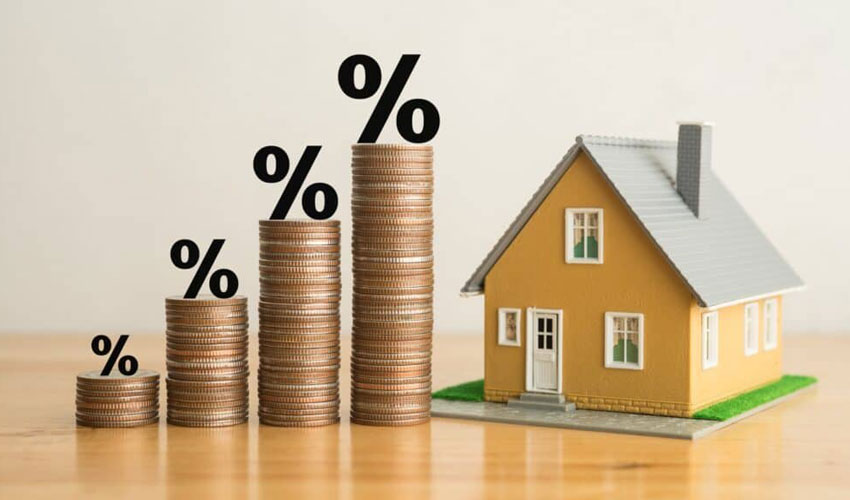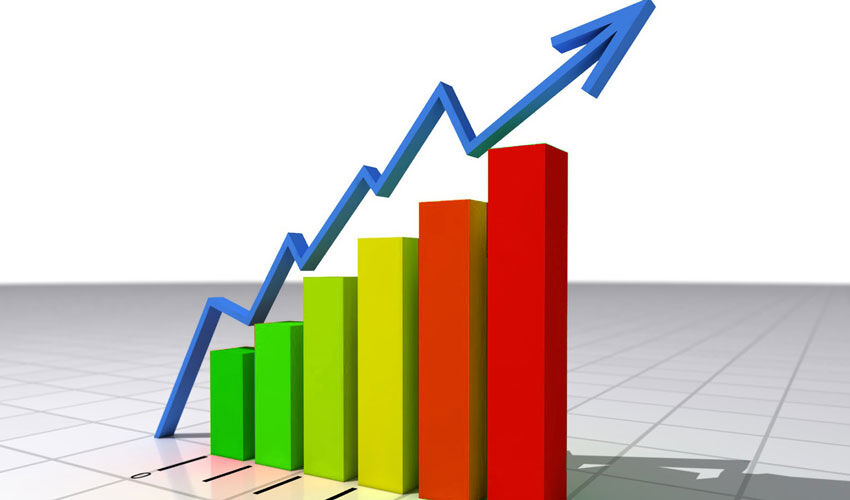
The current inflation forecast is slightly revised upward for the current year and downward for the rest of the forecast period. This is stated in the latest report of the NBM.
The annual inflation rate, however, will decline until the second half of next year, and then stabilize at the lower end of the target range (5% -1.5%), forecasts the regulator, whose decision to reduce the prime rate by 0.25% was dictated, among other things, by the encouragement of domestic demand.
This year, the annual inflation rate will not yet fall to the boundaries of the target range. The maximum value will be recorded in the third quarter of this year, and the minimum – in the third quarter of 2026, says the central bank, referring to the June price shocks that slowed down the rate of decline.
Food inflation, like the annualized food price level will decline until the third quarter of 2026, after which it will shift back to growth, remaining a pro-inflationary factor. World food prices show a steady upward trend.
The annual level of regulated prices will fall sharply until the first quarter of next year, after which it will enter a “relatively stable trajectory until the end of next year,” the regulator promises, without specifying which trajectory it is referring to. Natural gas prices in Europe continue to be determined by temperature conditions and the degree to which gas storage facilities are filled.
The annual rate of increase in fuel prices will trend upward throughout the forecast period, although negative values will be recorded until the first quarter of 2026. The formation of oil prices will largely depend on “geopolitical” factors, the NBM believes
Aggregate demand will recover by the end of this year, the National Bank hopes, specifying that the real monetary conditions will not, however, contribute to it.








